What to Do if Your Hair Starts Thinning
It’s every person’s worst fear. Those first signs of thinning hair.
You examine the brush and the shower every morning and try to count the fallen soldiers. You look back at pictures to try and trace the progression of thinning hair. You start looking at fashion predictions to see if hats will be on trend.
It’s enough to send you into an anxiety spiral and then the anxiety gets worse because you know that anxiety causes more hair loss!
OK, first, let’s take a moment and pause to breathe.
All right, now remind yourself that everything’s going to be just fine. You’re still beautiful. You’re still valuable and this is not the end of the world.
Hair thinning happens. You’re not the first and you won’t be the last person that this affects. Hair goes through three natural phases: a growth phase, a transitional phase and a resting phase. Sometimes other factors might interrupt these natural phases and cause more rest than growth.
Here’s what you can do to prevent thinning hair and get that growth back.
1. Diet changes
You are what you eat (and your hair is a part of you), so one of the first places you can look is to your diet. Junk foods aren’t doing your body or your hair any good. Look to more proteins (especially fish) and foods rich in B vitamins, Vitamin D, Omegas 3 and 6 and iron.
2. Supplements
Hair loss can sometimes be caused by a vitamin or mineral deficiency. The only way to know for sure if this is an issue is to get comprehensive bloodwork, but it doesn’t hurt to add in some supplements. As we mentioned in the diet section B vitamins (specifically B-12 and B-7), Vitamin D, Omegas 3 and 6, zinc and iron all can contribute to a healthy head of hair.
3. See a doctor or a specialist
Sometimes there can be underlying causes for hair thinning that should be addressed. See a doctor for bloodwork and an examination to determine if there are any health needs that need to be met. Additionally, you could see a trichologist.
4. Loosen up
Tight hair and tight tensions can cause hair loss. So, loosen up those tight buns and ponytails and look for areas in your life where you can de-stress.
5. Scalp health
Scalp health is critical for hair health. Sometimes to get to the root of hair thinning we need to look at our roots. Give yourself a scalp massage. Find products that exfoliate and regenerate the scalp.
Other treatments for thinning hair
There are a number of products, treatments, medications and lifestyle changes that can help with hair loss. Essential oils, anti-thinning shampoos and other over-the-counter products (just watch out for cheap ingredients that harm your hair), Minoxidil (AKA Rogaine), Spironolactone, laser therapy, cosmetic treatments or even platelet-rich plasma (PRP) injections.
Before you go with any more intensive treatments, try the simpler solutions out first. Sometimes hair thinning is just a phase your body is going through, and it will naturally correct itself. Other times it’s a more involved issue. Either way, don’t let it worry you too much and don’t give up hope.
We see a lot of hair loss issues and help people address them by taking a look at the products you’re using and examining your scalp. So, book an appointment today and we’ll get you taken care of.

